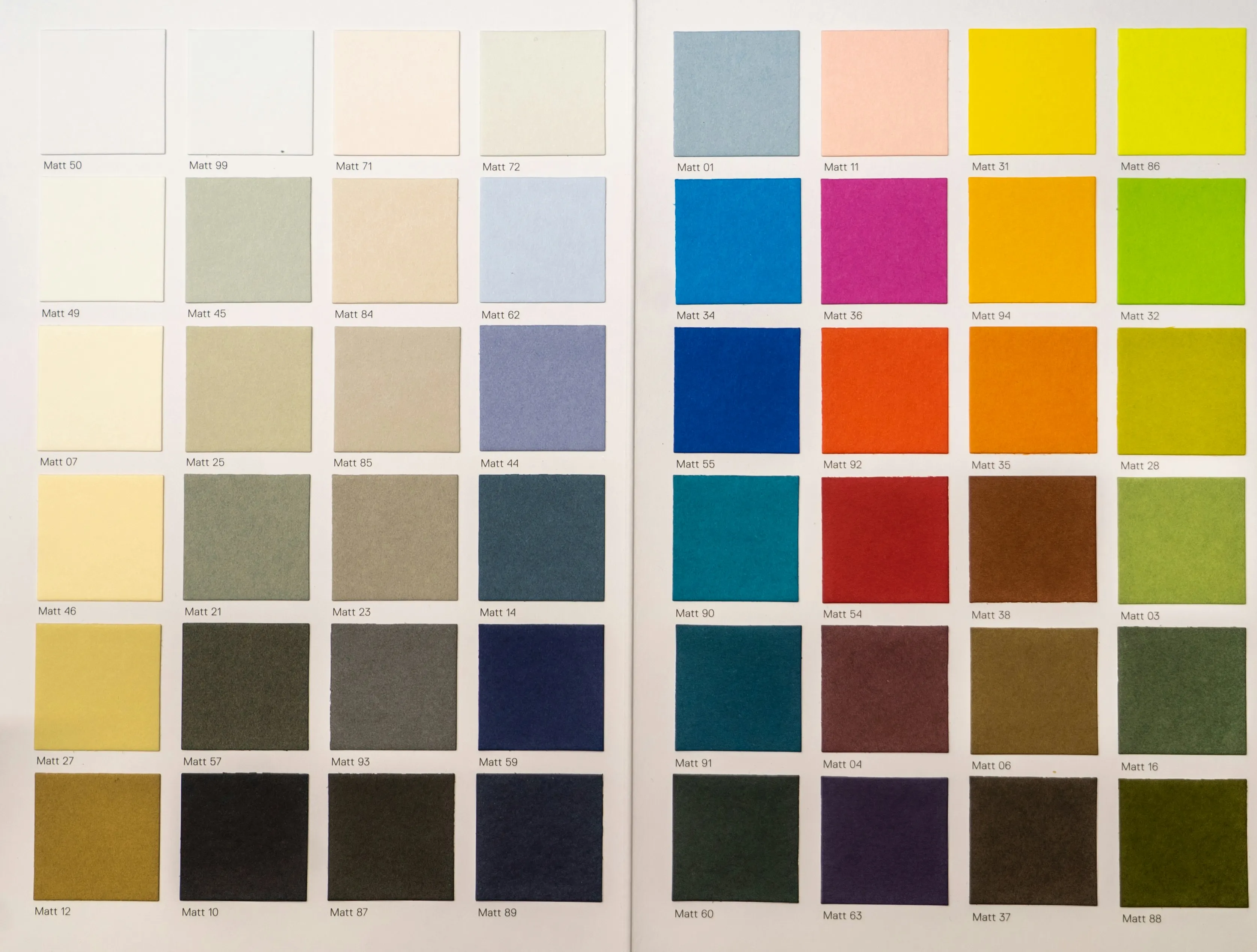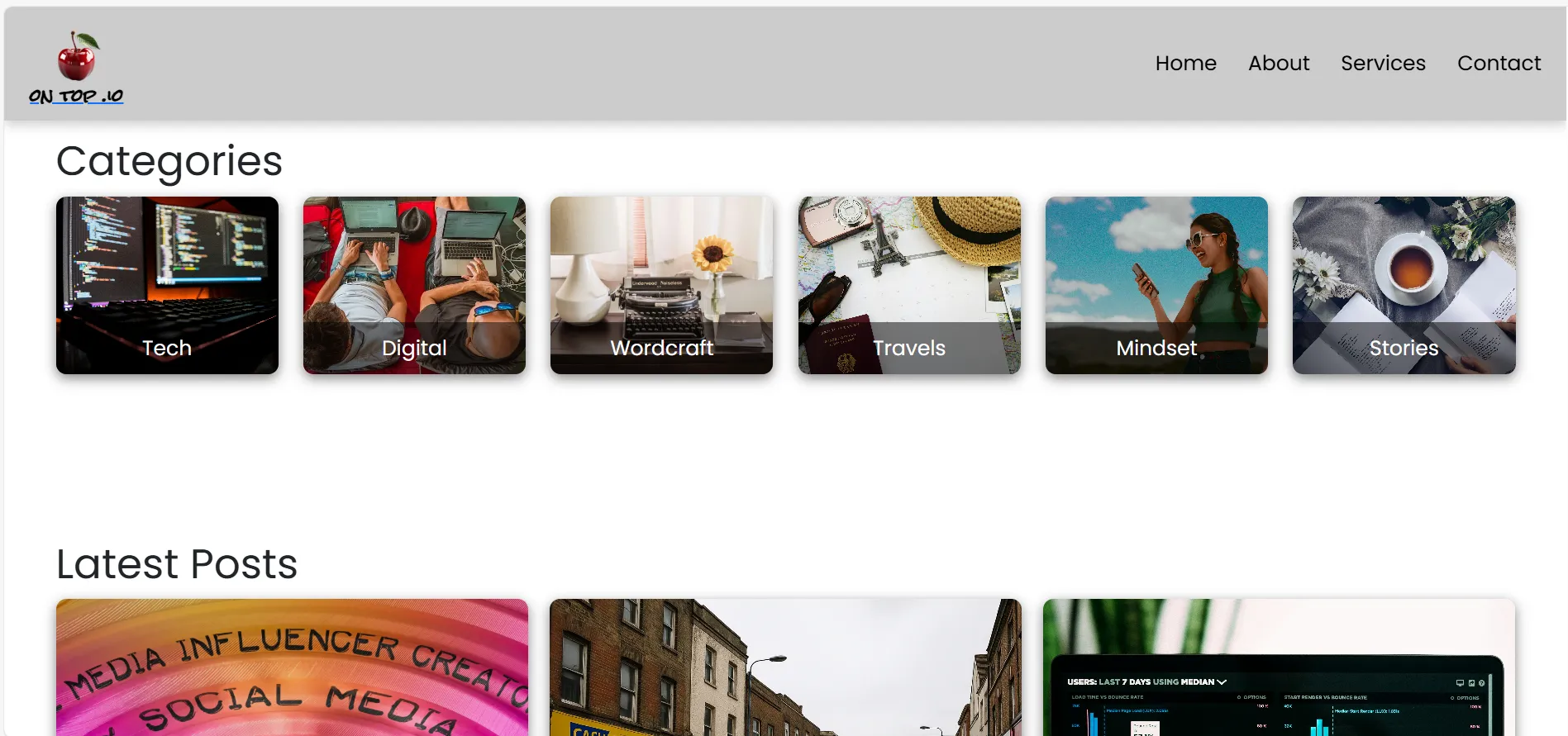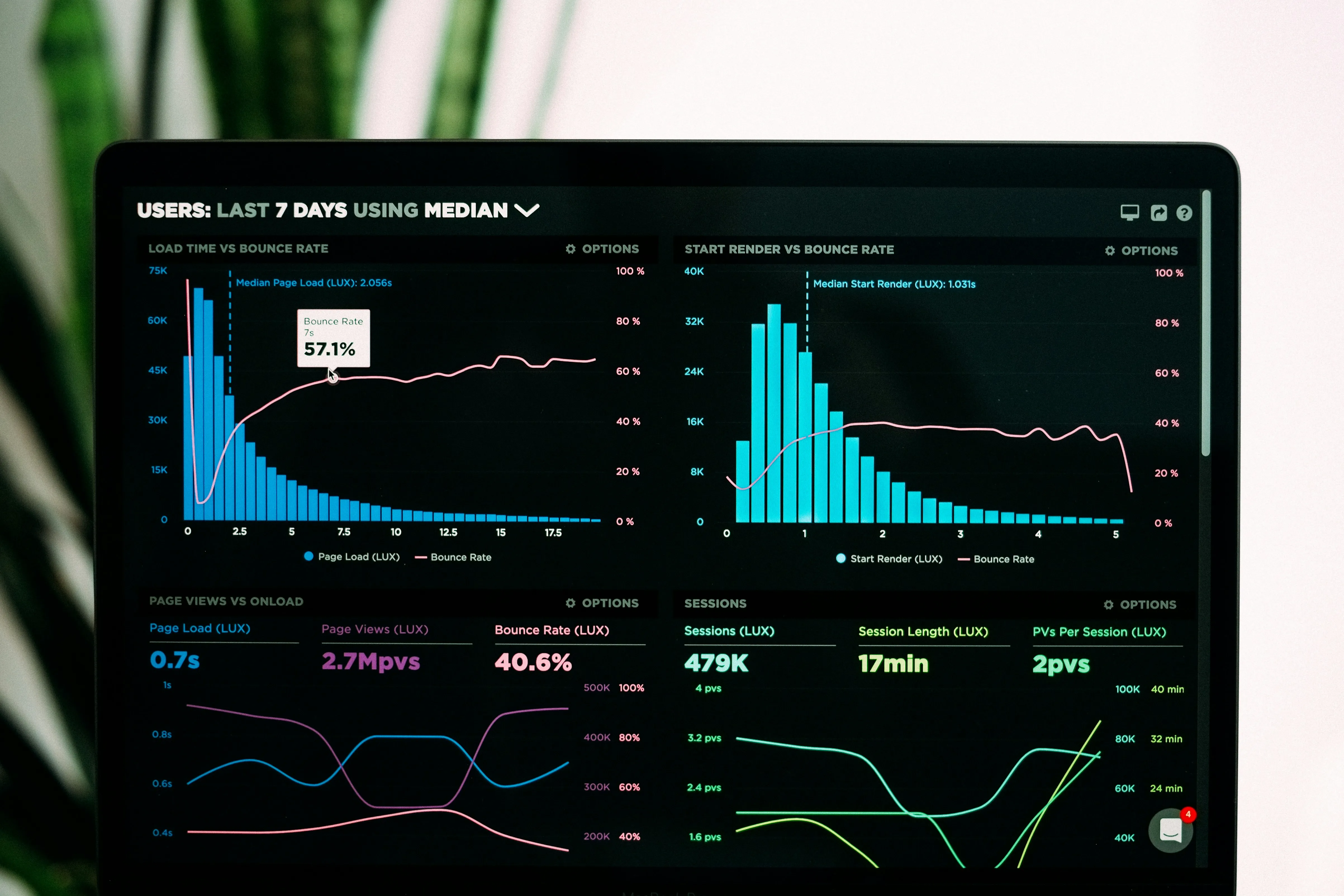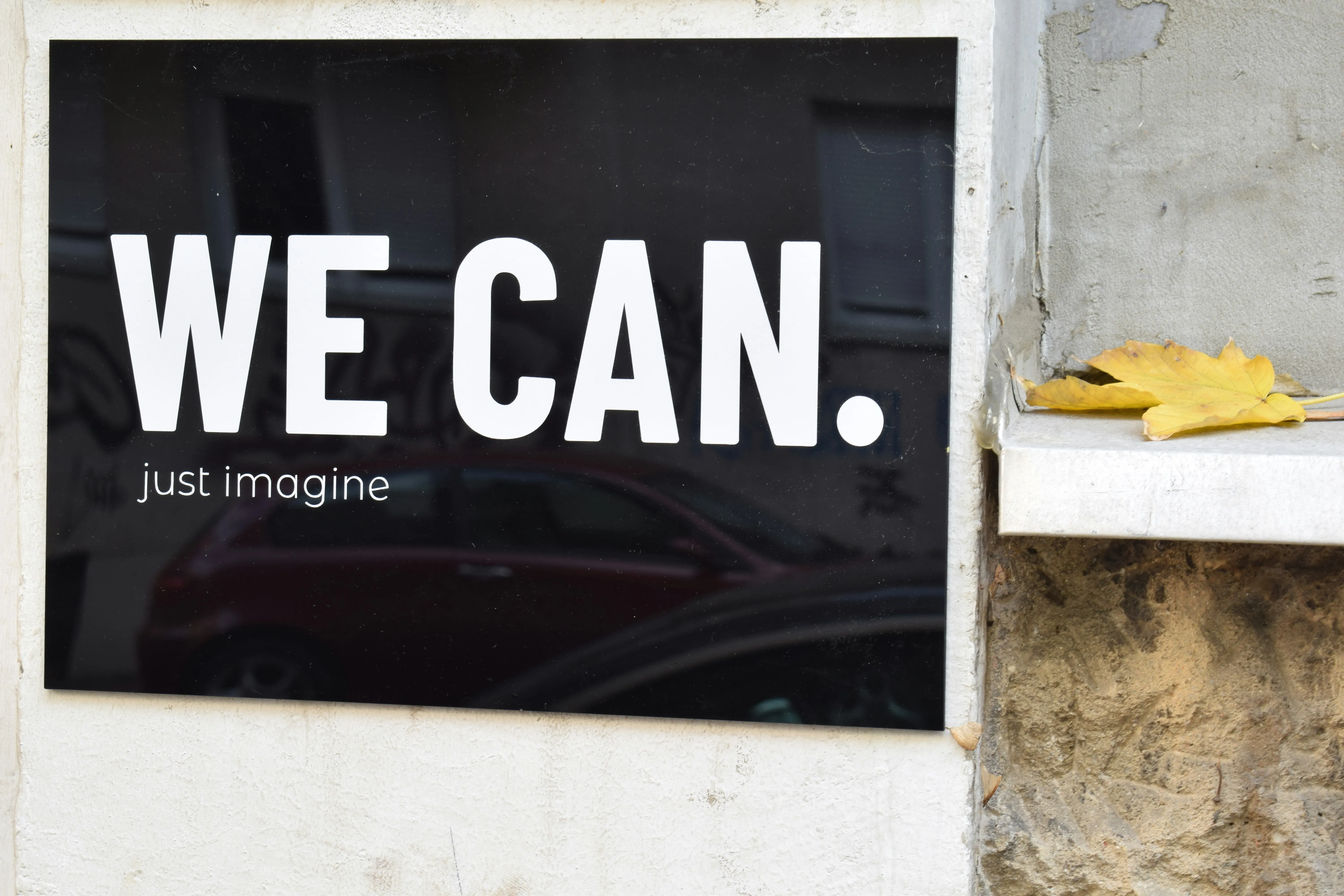Colors in Branding and Digital Marketing
Color plays a crucial role in shaping consumer perception. It influences emotions, guides decisions, and strengthens brand recognition. Understanding the psychology behind color selection allows businesses to connect with their audience more effectively and create impactful marketing strategies.
The Influence of Color in Branding
Each color carries its own psychological weight, evoking emotions that shape how people perceive a brand. The right combination can position a company as reliable, energetic, luxurious, or innovative.
Common Colors and Their Associations
- Red (#FF0000) conveys urgency, passion, and excitement. It is frequently used for promotions and call-to-action buttons.
- Blue (#0000FF) represents trust, professionalism, and security. Corporate brands often favor this color to establish credibility.
- Yellow (#FFD700) evokes warmth, happiness, and optimism. It attracts attention and is commonly seen in branding for food and retail industries.
- Green (#008000) symbolizes growth, health, and sustainability. Businesses in wellness and environmental sectors incorporate it into their branding.
- Black (#000000) reflects luxury, sophistication, and exclusivity. High-end brands use it to create a sense of prestige.
- Purple (#800080) is associated with creativity, royalty, and imagination. It is a popular choice for beauty and artistic brands.
- Orange (#FFA500) represents energy, enthusiasm, and friendliness. It is often used in branding that targets younger demographics.
How Color Influences Digital Marketing
Online platforms rely heavily on color to optimize engagement and increase conversions. Whether on websites, advertisements, or social media, color psychology plays a vital role in shaping user behavior.
Colors That Drive Action
Certain colors are more effective in encouraging visitors to take specific actions. Selecting the right shades improves click-through rates, subscription sign-ups, and purchase decisions.
- Red (#FF0000) creates urgency, making it ideal for limited-time offers and checkout buttons.
- Green (#008000) signals confirmation and positivity, often used for submit buttons and successful transaction indicators.
- Orange (#FFA500) encourages enthusiasm and engagement, making it effective for sign-up and learn-more buttons.
- Blue (#0000FF) conveys reliability and trust, making it a preferred choice for payment portals and login pages.
- Black (#000000) adds exclusivity, reinforcing premium pricing and luxury branding.
- Yellow (#FFD700) grabs attention, making it a strong choice for promotional banners and discount alerts.
Brand Examples Leveraging Color Psychology
Some of the most recognizable brands use color strategically to enhance their messaging.
Spotify: Their vibrant green aligns with creativity and energy, complementing their diverse music catalog.
Tiffany & Co.: The exclusive Tiffany Blue reflects luxury, elegance, and exclusivity.
Netflix: Their bold red branding evokes excitement and urgency, keeping audiences engaged.
Final Thoughts
Color is more than just an aesthetic choice; it is a strategic tool that defines a brand’s personality and enhances marketing effectiveness. By understanding the psychology behind colors, businesses can create powerful connections with consumers and optimize their digital presence for better engagement and results.




